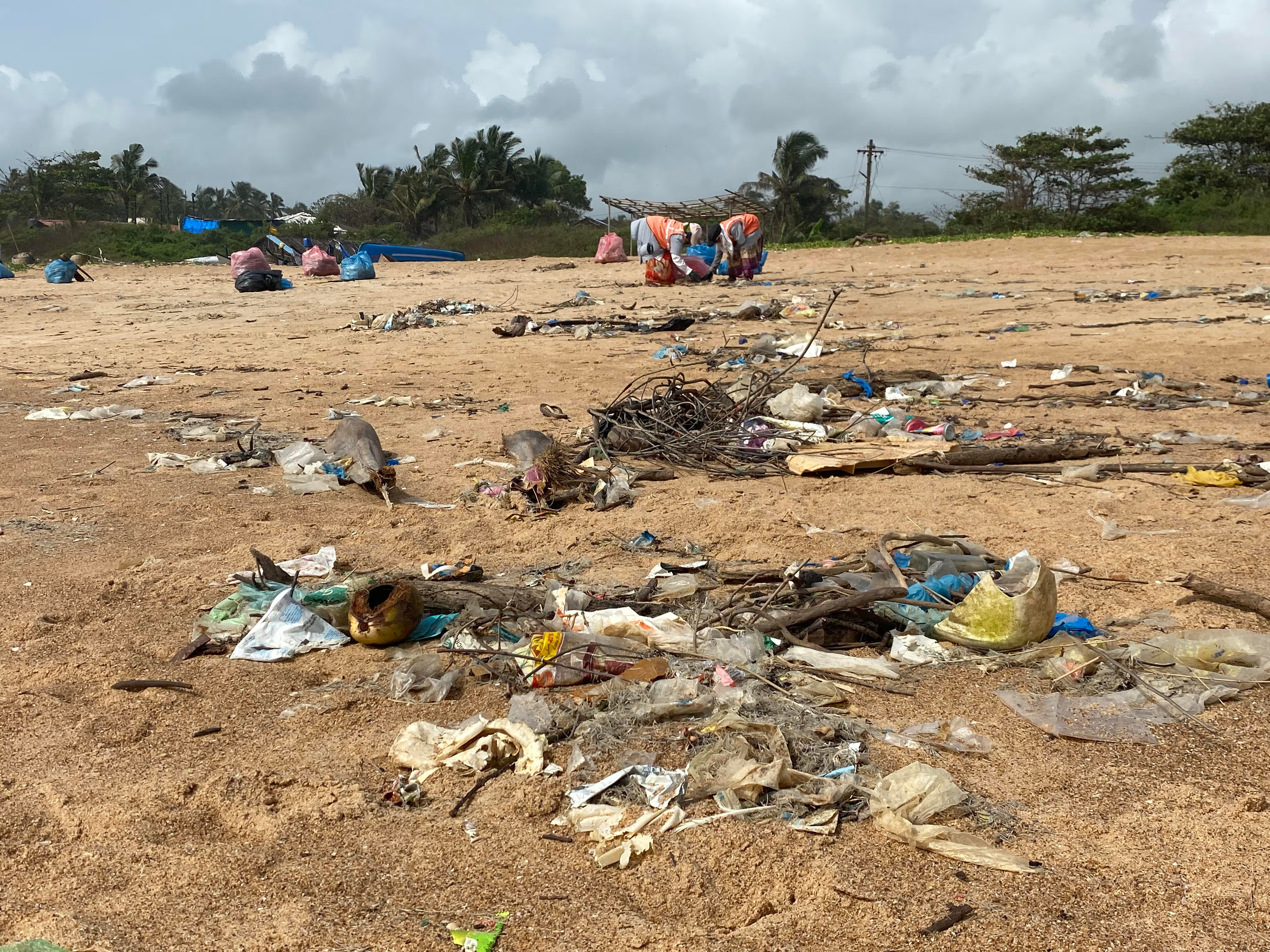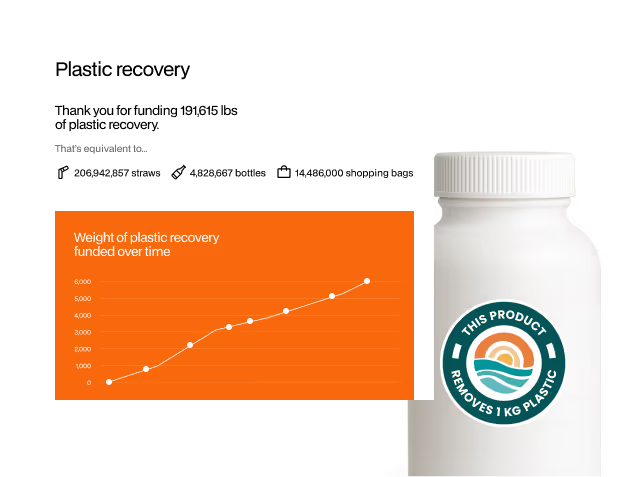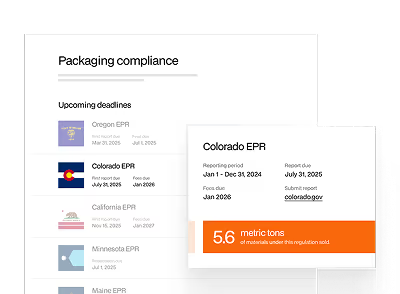The COVID-19 pandemic is ravaging the globe, and businesses everywhere are trying to cope and stay afloat or meet demand and stay ahead. We have witnessed brands pause reusable cup pilots in light of health concerns or delay their sustainability budget allocations under an uncertain environment. This global pandemic is critical and companies should dedicate every resource to helping their customers get through it, but in the spirit of protecting ourselves from one existential threat, we shouldn’t let another one go completely unnoticed. While we wait for the pandemic to subside, the planet cannot afford to. Here is a tactical guide on why and how your brand can still pursue sustainability during COVID-19.
1. Maintain Trust and Brand Consistency Because Your Customers Need You.
Consumers worldwide are watching companies closely. This is a crucial time for businesses to take up social responsibility. As COVID impacts the lives of billions, consumers are looking to businesses for support. Any initiative at this point, or lack of it, is going to sway their perception of your brand and impact their loyalty to you for a considerable period of time. According to a poll conducted on a recent Association of National Advertisers webinar, 20% of brand marketers have increased CSR spending as a response to the epidemic. To volunteer to help tackle it is a step in the right direction, but to maintain your sustainable values through these times of distress builds a sense of consistency that’s rare to find.
When the world was hit with SARS, 9/11 or similar black swan events, we saw consumers seek comfort from the businesses they believed in. During critical times like this, when the whole world is pitching in to heal from a health crisis, it’s important to conduct listening exercises and address customer concerns. The aftermath of dark global events are kind to businesses that listen to customers and make moves to put their worries to rest – investing in long-term green initiatives like sustainability could be a solution to reassure them of a comfortable future.
2. You May Have Time to Spare. Use it to Strategize Sustainability.
With a lull in sales and business development, you might not be hustling as much to maintain your day-to-day processes and provide your products/services in the large batches that were previously demanded of them. The effort and time that is no longer being used to conduct your daily tasks can now be invested in developing strategies to help the business thrive in new market conditions. Every brand has broader, grander plans around sustainability that tend to stay on the backburner because you’re occupied with more pressing day-to-day business concerns – now is your chance to work your way to these sky-is-the-limit goals.
During the 2008 recession, most businesses were brainstorming ways to increase consumer spending – how can they make their brand important enough to drive purchases in a financially scarce situation? Instead of trying to change this fresh budget-focused consumer mindset, many with foresight used the time to mold their product and suit that particular mindset. Groupon, for example, launched its business to offer great deals for consumers that want value for their money. They found a way to sell the idea of buying less – an idea that dictated consumers’ purchase choices at the time. It all boils down to taking the time out to really understand and revel in what the consumers want – and with the current business stagnancy, you have the bandwidth to do just that. Take this time to think of how you can appeal to your consumer base and pursue sustainability during COVID-19 and after!
3. Green Your E-Commerce Experience Because Consumers are Shopping Online
With people actively avoiding human interaction, e-commerce sales are going through the roof. Online sales have increased 52% compared to the same time last year, and the number of online shoppers has increased 8.8% since the pandemic began. Take the hint – adopt sustainability initiatives that integrate well with your digital presence and engage with customers on email, social media, web, and e-commerce. Share sustainability journeys, green living tips, and provide them a climate-friendly user experience while shopping with you.
For example, add an opt-in tick-box at your point-of-checkout that enables your customers to contribute to a sustainable cause, thereby creating a green shopping experience without the business incurring a cent..
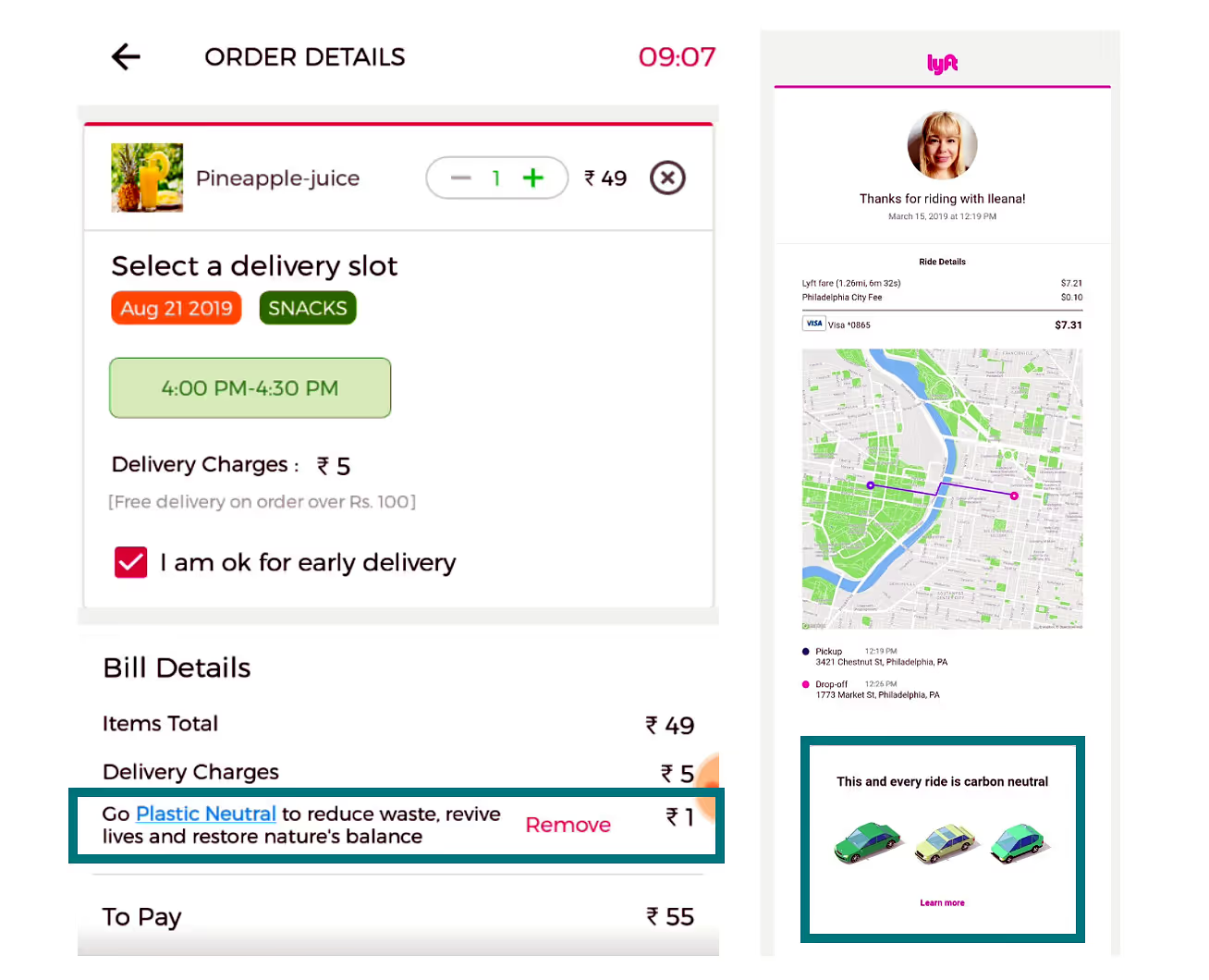
Emails and newsletters are another tried and tested way of engaging with your audience. Lyft uses their email receipts to communicate their sustainability mission – they offset the carbon emissions emitted by every ride. By following each ride receipt with the “This and every ride is carbon neutral” section, Lyft connected their carbon neutrality pledge to each user journey and drew a strong green brand image in the customer’s mind. Despite the criticism that Lyft has garnered, this is a step in the right direction to a better solution. It them the upper hand over competitors like Uber, criticized for business models enabling large-scale pollution.
4. Set Yourself Apart For the Inevitable Rebound. Now’s The Time.
When the world emerges out of this crisis, consumers will have a renewed interest in protecting humanity against existential risks like climate change and they will seek leadership from companies in that fight. This is a crucial time where you could anchor your business around environmental responsibility and set yourself apart from competitors. Business investments in environmental protection have been growing steadily for years – it’s proven to be profitable, but isn’t widespread yet to be mainstream (a perfect sweet spot). Adopting sustainable practices during a time when most consumers are watching could help establish you as an industry pioneer and a responsible brand.
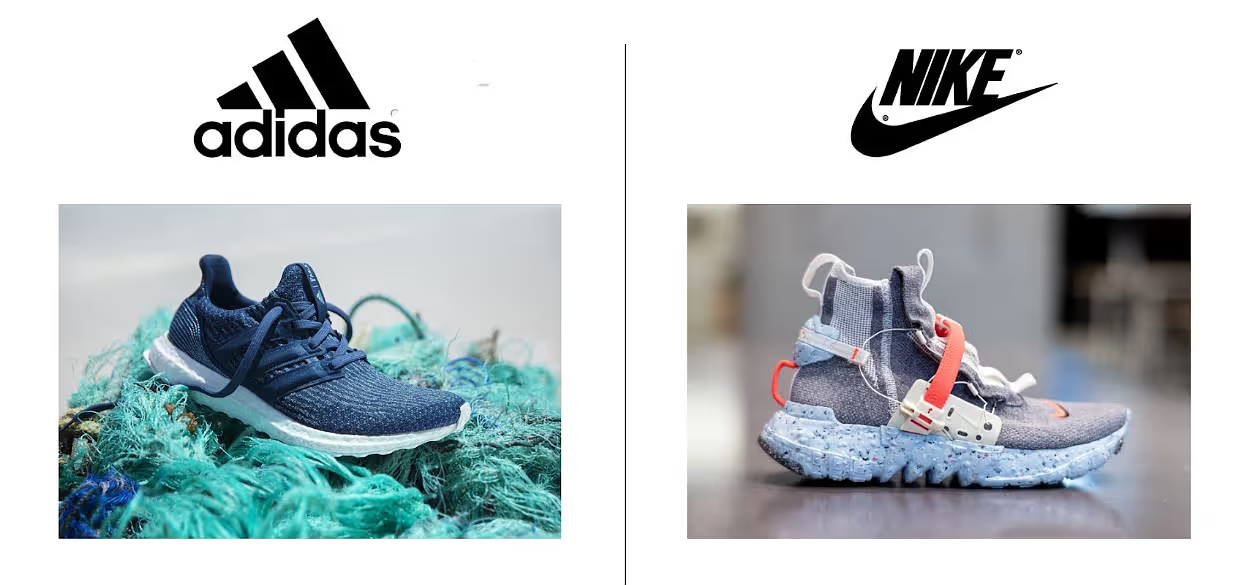
For example, Adidas and Nike continue to battle it out in sportswear for 1st place in the minds of their consumers. Adidas recently launched its collaboration with Parley for shoes that use ocean-bound plastic, and Nike followed soon after with an eerily similar campaign. The not-so-coincidental similarities did not go unnoticed. Despite being a smaller brand, why was Adidas leading the way in public perception? Because they acted quickly during this crucial time when ocean plastics are the talk of the town, and they created a bigger splash.
5. Changing Supply Chains For COVID-19? Consider Climate Risks While You Are At It.
Your business is already taking measures to work your way around COVID – minimizing human contact, disinfecting equipment, making changes to protect and risk-proof your supply chain. While you are conducting a comprehensive risk analysis of your sourcing supply chain, you can review both climate-related and health-related risks at the same time. Use this time to make necessary changes so your business is better protected in the future. Conduct data audits, use visualization, and do some scenario planning to identify immediate issues you might be facing. Bad or missing data is a possible roadblock that could be solved by Sourcemap – reach out to them for professional assistance on creating transparent supply chains to recover from your COVID-19 hit. You can also work with rePurpose Global to source ethically recycled Honest Plastic from its Global Impact Network of vetted recycling social enterprises across 3 continents and 7 countries.
6. Engage With Online Resources On Sustainability While You Work From Home.
Maybe your business has never considered the green angle so this is all very new to you. With the slowdown, you can start now by understanding sustainability better and charting out a strategy that works for your business. Here are some resources to get you started:
- Webinars:
- What is the Circular Economy?: What exactly is a circular economy? How do you do it? What does it mean to businesses and governments? Why does it matter?
- Plastic Neutrality for Businesses: rePurpose Global is organizing 3 webinars that introduce the Plastic Neutral Certification to Food & Beverage Businesses, Personal Care Brands, and Organic Product Brands respectively. As the world’s first Plastic Credit Platform, rePurpose Global makes climate action delightfully simple for companies of all sizes by removing and recycling as much ocean-bound plastic waste as they produce.
- An Introduction to Plastic Offsets: Plastic Offsets are an innovative way to compensate for your company’s plastic packaging waste. In partnership with the Pet Sustainability Coalition, this webinar dives deeper into how it works, how it can empower consumer brands, and what it means for the world.
- Sustainable Business Newsletters:
- Circular Pulse: Bi-weekly curated content breaking down the hottest trends in sustainability for conscious businesses globally.
- Sustainable Brands: Newsletters designed to help companies adopt smarter, more sustainable business strategies and practices.
- Circular Weekly/Circular Economy at GreenBiz : Updates on trends, insights and brands looking to engaging in the circular economy model
- Learning Hubs:
- Ellen Macarthur Circular Economy Learning Hub: Expand your understanding of the circular economy and learn how the concept can be applied to different parts of the economy.
- Rubicon Blog: Helping cities and businesses uncover smart, sustainable, and data-driven waste and recycling solutions.
- SOLVE Blog by MIT: Focus on social entrepreneurship and innovations in the circular economy
Sign up for a 30-minute consultation at www.repurpose.global/contactus and start your journey towards sustainability today!

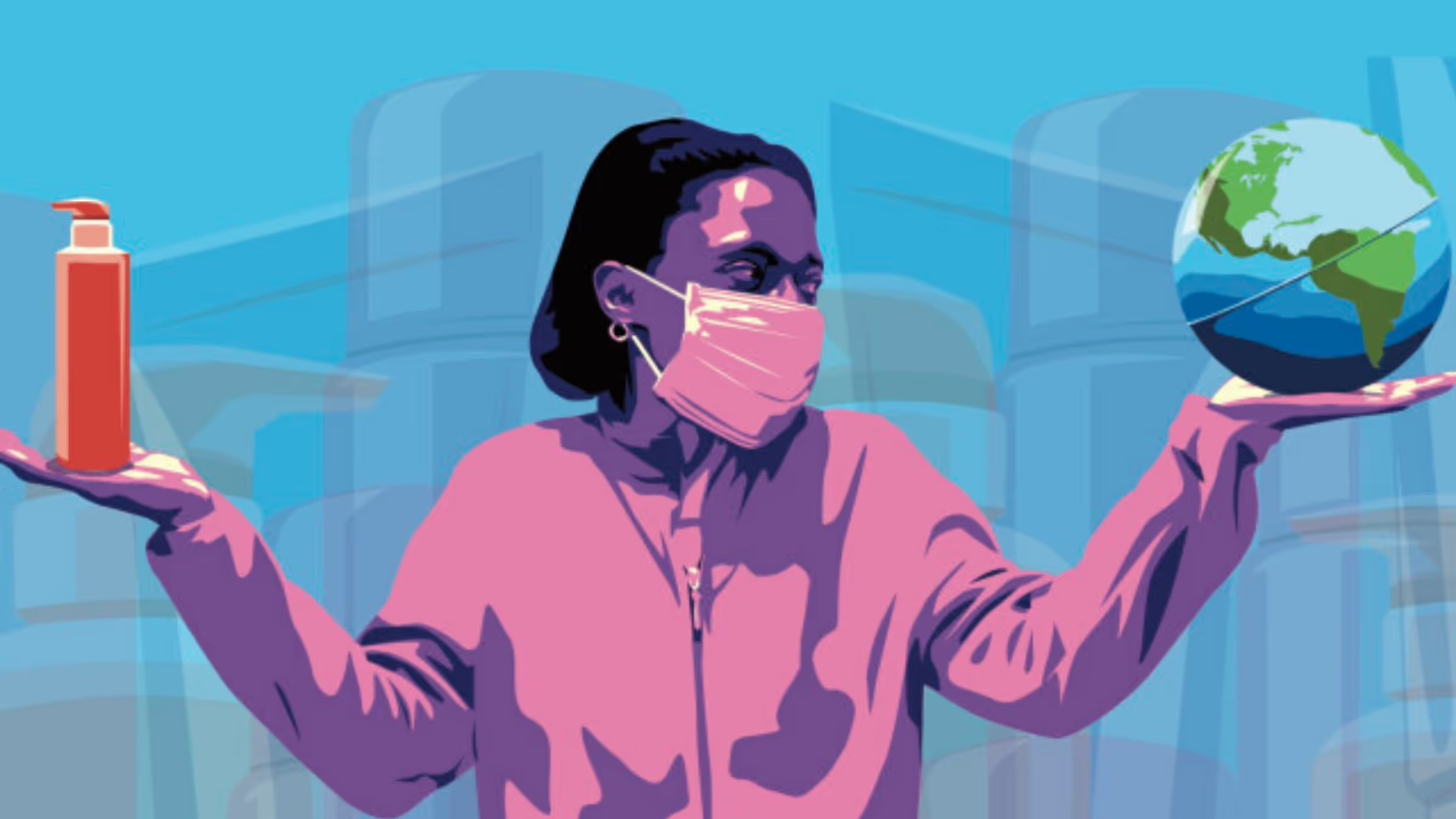

.avif)
